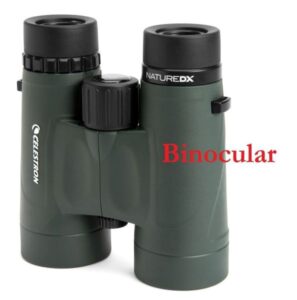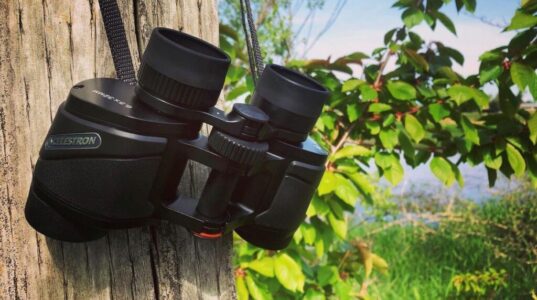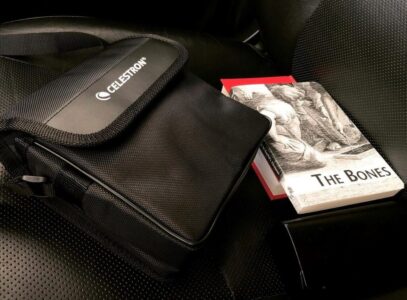While it may seem either too basic to mention or perhaps overly pedantic, the first step in getting to know your binocular is learning to differentiate the words “binocular” and “binoculars.”
In the Mister Binocular column can be found information – both educational and reference – on binoculars, spotting scopes, monoculars, and other small personal optical instruments. The name derives from how I have frequently been addressed in regard to my decades of work developing these types of instruments for a wide range of applications.

While it may seem either too basic to mention or perhaps overly pedantic, the first step in getting to know your binocular is learning to differentiate the words “binocular” and “binoculars.”

Over my career creating binoculars (and other small optical instruments), I’ve been asked a wide range of questions about them, so I thought it would be useful to create a hashtag devoted to understanding these very useful instruments. I’m calling it Know Your Binocular.

I took my Celestron Ultima 6.5x32mm Porro binocular down to the Scappoose bottomlands this afternoon. Wood Ducks, Green-winged Teal, and other ducks were plentiful, and the Yellow-rumped Warblers were easy to follow in flight thanks to the Ultima 6.5’s very wide field of view.

As both an avid reader and natural history enthusiast, I am almost never without a book, and a binocular or monocular whenever I’m away from home. With these, wherever I happen to be, no time is ever wasted for rational recreation is always ready-at-hand.